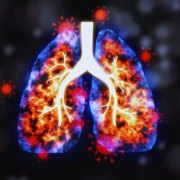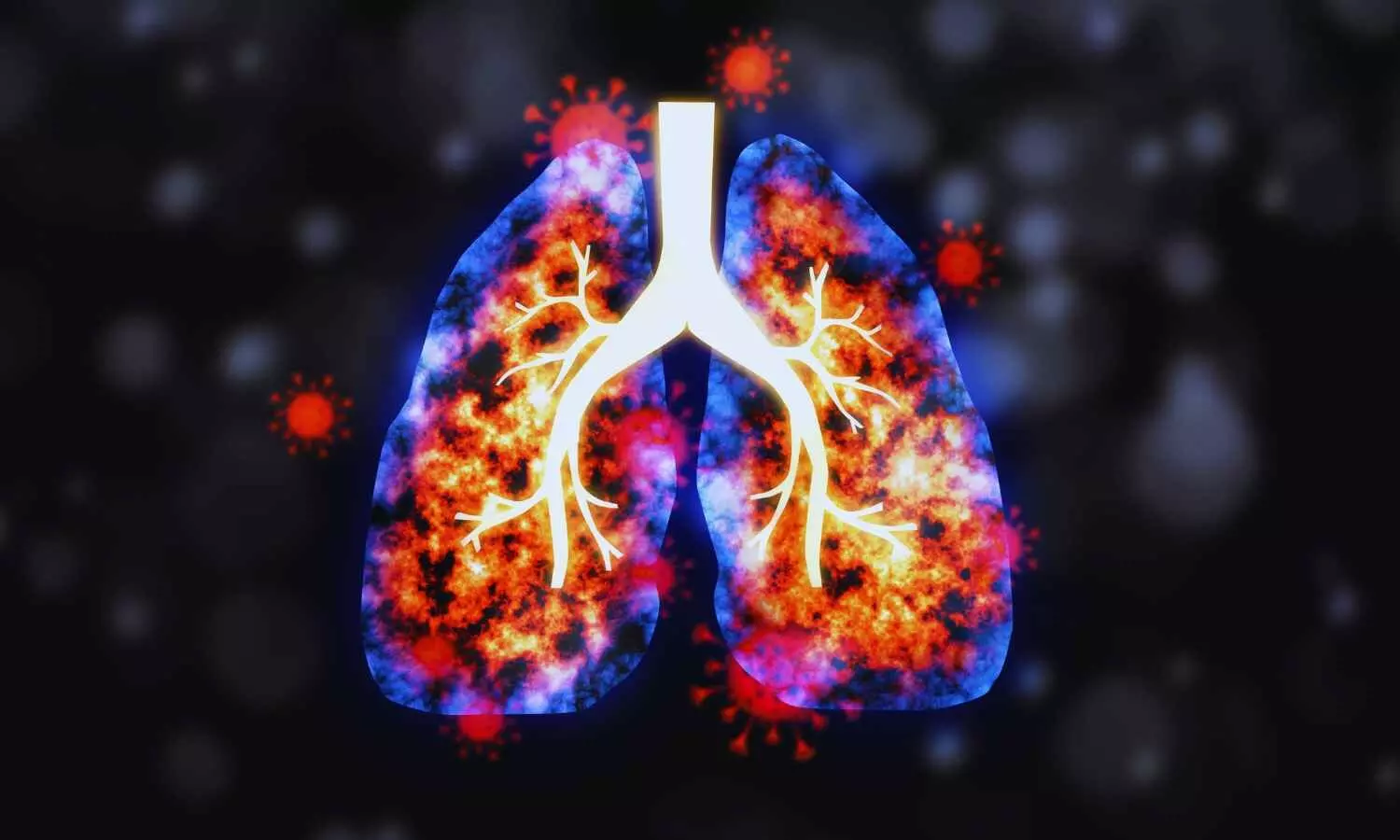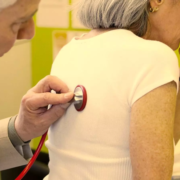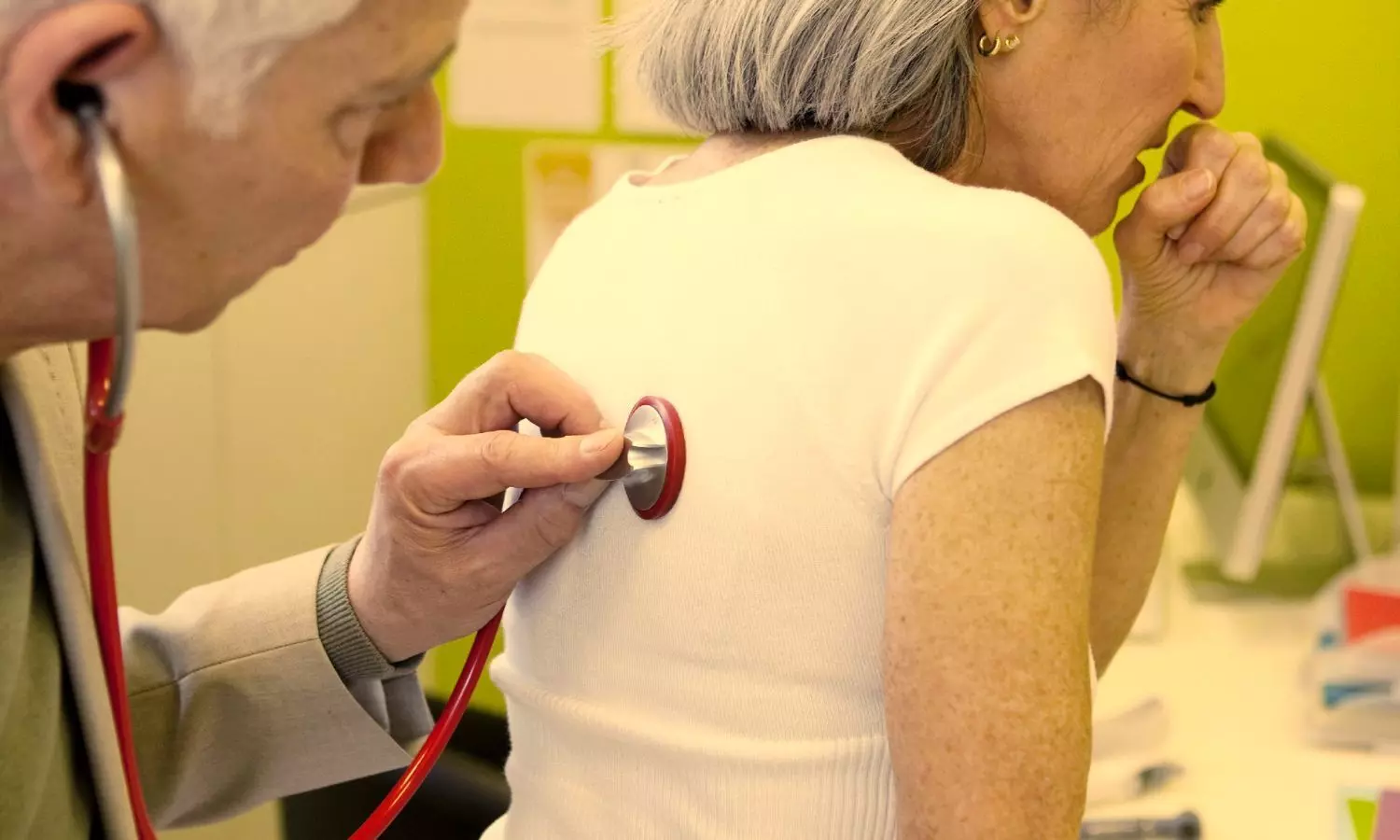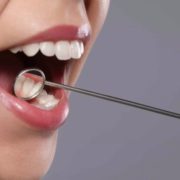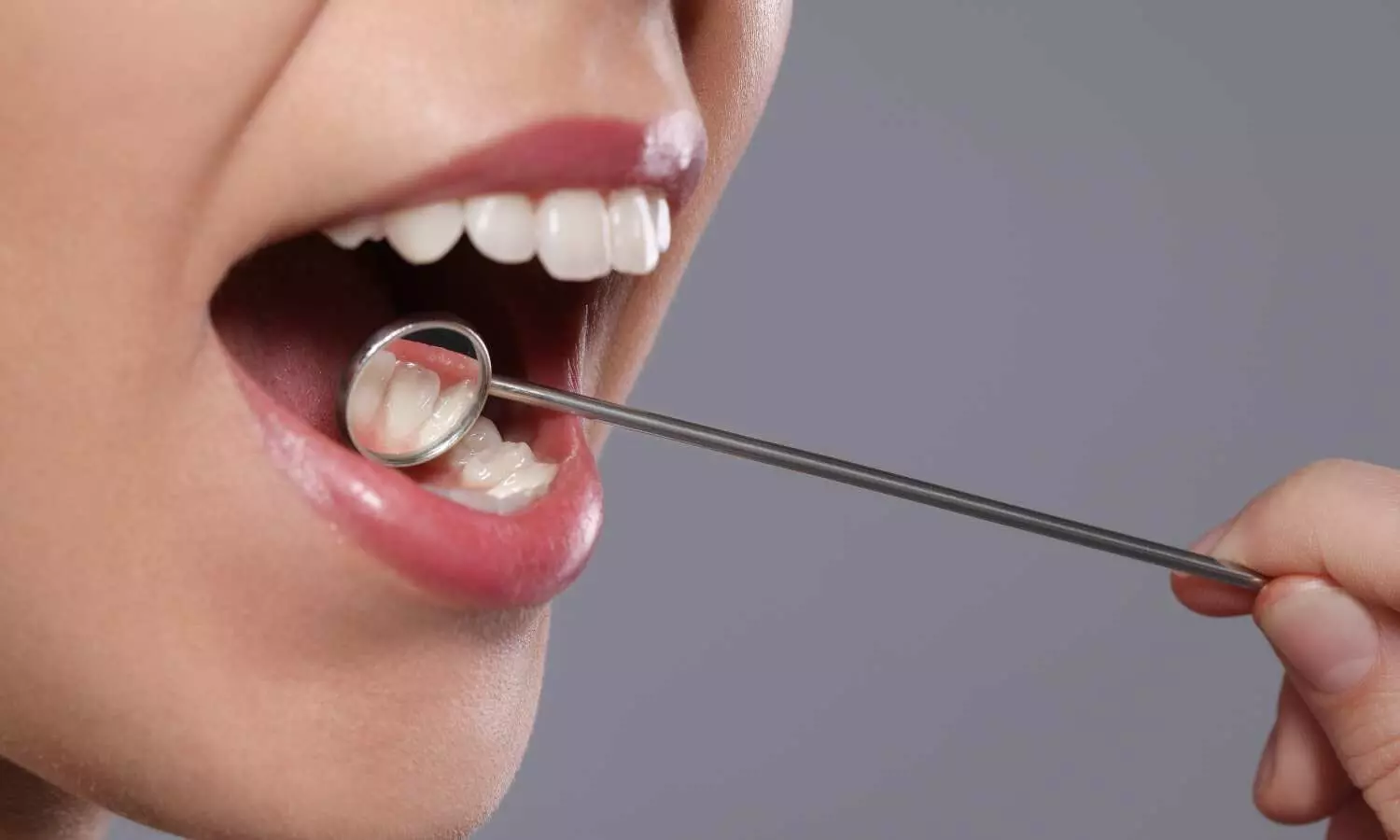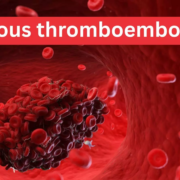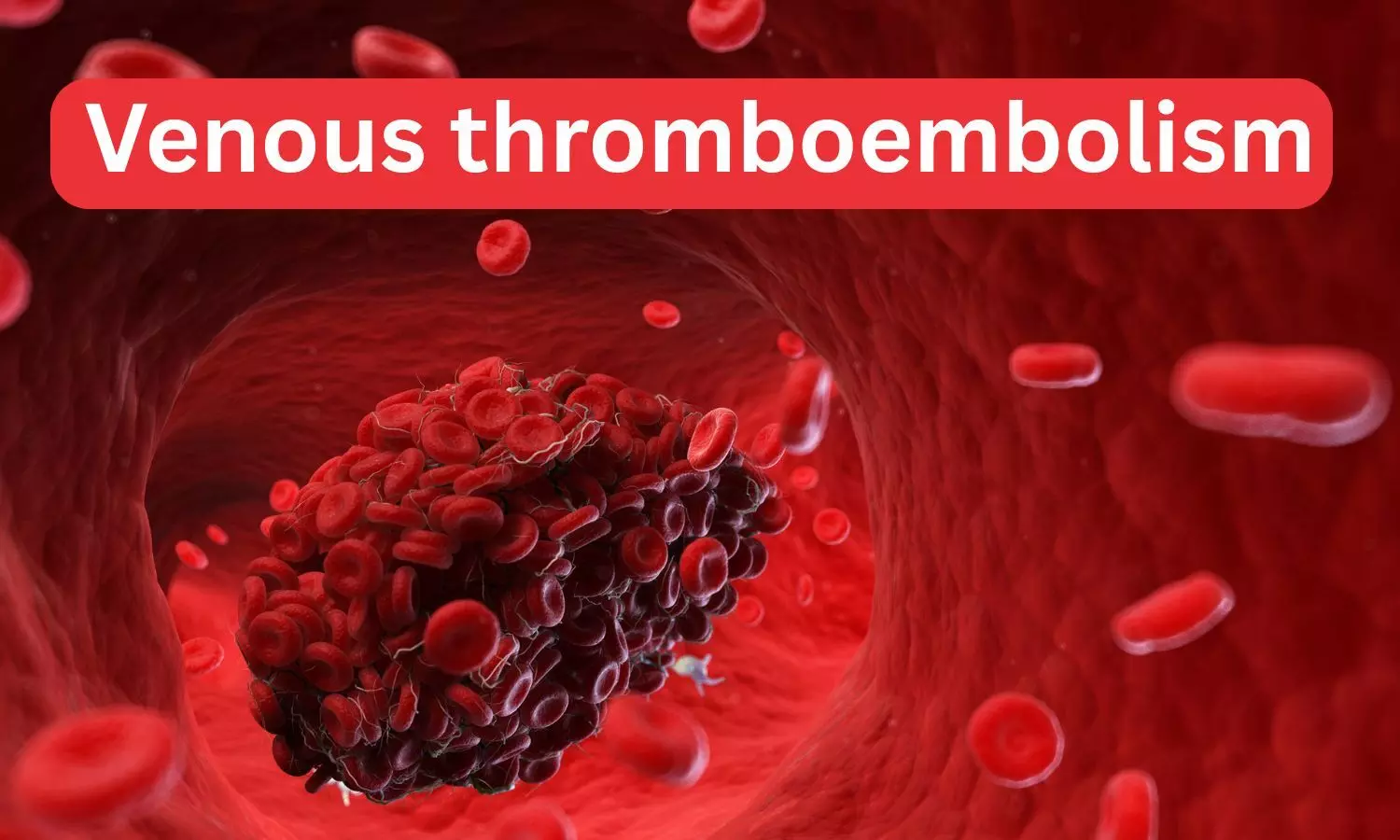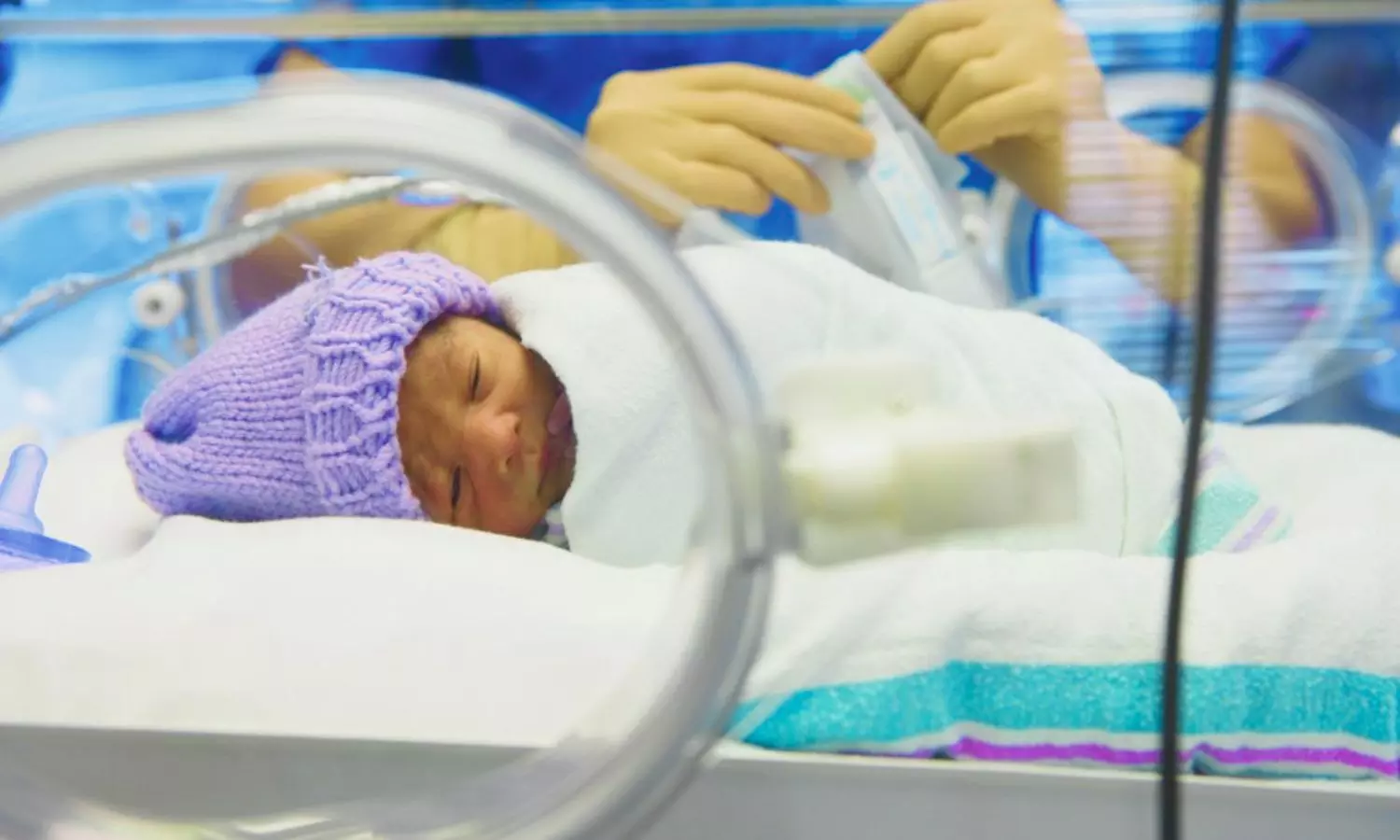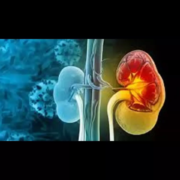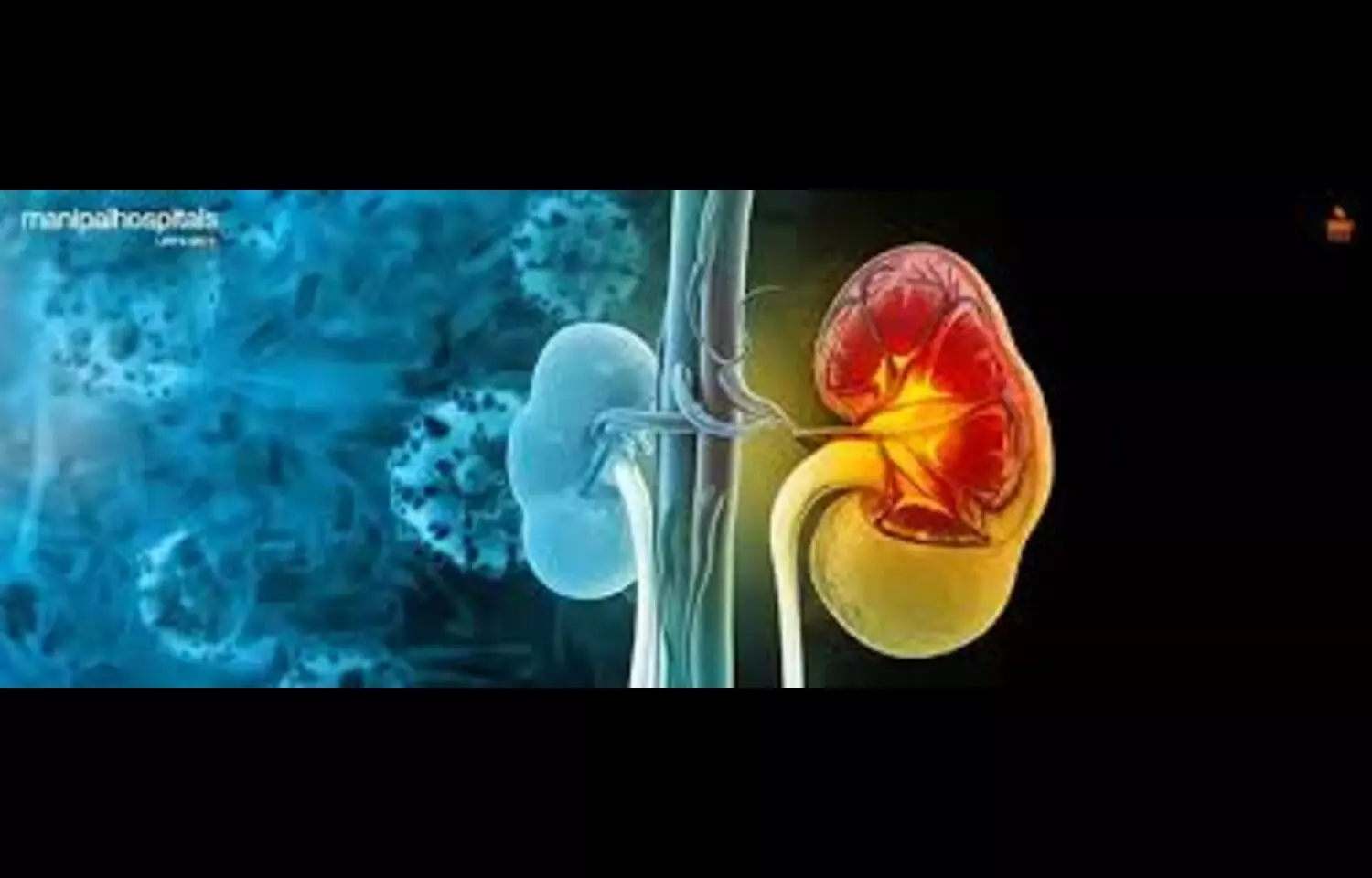CBT-I acceptable and efficacious intervention for managing insomnia in chronic disease populations: JAMA

A new study published in the Journal of the American Medical Association revealed that cognitive behavioral therapy for insomnia (CBT-I) is safe and highly effective in improving sleep among individuals living with chronic diseases like cancer, cardiovascular conditions, chronic pain, and stroke.
Insomnia often exhibits compounding physical symptoms and reducing quality of life. Standard treatment guidelines recommend CBT-I as the first-line intervention, but concerns have lingered about its suitability for patients already managing heavy disease burdens.
This review of data across 67 randomized clinical trials (RCTs) involved 5,232 participants, to evaluate the efficacy, safety, and patient acceptability of CBT-I in chronic disease populations. The studies included patients with a wide spectrum of conditions, from irritable bowel syndrome and chronic pain to cancer survivors and stroke patients.
Insomnia severity decreased significantly, with a large effect size (g = 0.98). This suggests patients not only reported sleeping better but also experienced meaningful reductions in their insomnia symptoms. Sleep efficiency improved with a moderate effect size (g = 0.77).
Sleep onset latency, or how long it takes to fall asleep, was shortened with a moderate effect size (g = 0.64). The patients with chronic disease who completed CBT-I not only fell asleep faster and stayed asleep longer but also reported markedly better sleep quality overall.
The review also assessed whether outcomes varied depending on delivery methods or patient characteristics. While results were consistently positive across disease groups, longer treatment durations produced better improvements in both sleep efficiency and time to fall asleep. This suggests that maintaining therapy over an extended period could maximize benefits.
The dropout rates averaged just 13.3%, which highlighted that most participants found the therapy manageable and worthwhile. Moreover, adverse effects linked directly to CBT-I were rare, reassuring clinicians that the therapy poses minimal risk. Overall, these results show that CBT-I is just as effective for people with chronic diseases as it is for the general population struggling with insomnia. This is an important step forward in integrated care, particularly since poor sleep often worsens chronic disease outcomes.
Source:
Scott, A. J., Correa, A. B., Bisby, M. A., Chandra, S. S., Rahimi, M., Christina, S., Heriseanu, A. I., & Dear, B. F. (2025). Cognitive behavioral therapy for insomnia in people with chronic disease: A systematic review and meta-analysis. JAMA Internal Medicine. https://doi.org/10.1001/jamainternmed.2025.4610
Powered by WPeMatico


